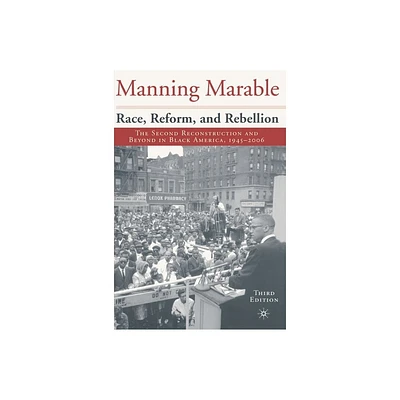Home
Reinvention of Australasian Biogeography: Reform, Revolt and Rebellion
Loading Inventory...
Barnes and Noble
Reinvention of Australasian Biogeography: Reform, Revolt and Rebellion
Current price: $52.95


Barnes and Noble
Reinvention of Australasian Biogeography: Reform, Revolt and Rebellion
Current price: $52.95
Loading Inventory...
Size: Paperback
*Product Information may vary - to confirm product availability, pricing, and additional information please contact Barnes and Noble
Biogeography, the study of the distribution of life on Earth, has undergone more conceptual changes, revolutions and turf wars than any other scientific field. Australasian biogeographers are responsible for several of these great upheavals, including debates on cladistics, panbiogeography and the drowning of New Zealand, some of which have significantly shaped present-day studies.Australasian biogeography has been caught in a cycle of reinvention that has lasted for over 150 years. The biogeographic research making headlines today is merely a shadow of past practices, having barely advanced scientifically. Fundamental biogeographic questions raised by naturalists a century ago remain unanswered, yet are as relevant today as they were then. Scientists still do not know whether Australia and New Zealand are natural biotic areas or if they are in fact artificial amalgamations of areas. The same question goes for all biotic areas in Australasia: are they real?
Reinvention of Australasian Biogeography
tells the story of the history of Australasian biogeography, enabling understanding of the cycle of reinvention and the means by which to break it, and paves the way for future biogeographical research.The book will be a valuable resource for biological and geographical scientists, especially those working in biogeography, biodiversity, ecology and conservation. It will also be of interest to historians of science.
Reinvention of Australasian Biogeography
tells the story of the history of Australasian biogeography, enabling understanding of the cycle of reinvention and the means by which to break it, and paves the way for future biogeographical research.The book will be a valuable resource for biological and geographical scientists, especially those working in biogeography, biodiversity, ecology and conservation. It will also be of interest to historians of science.


















